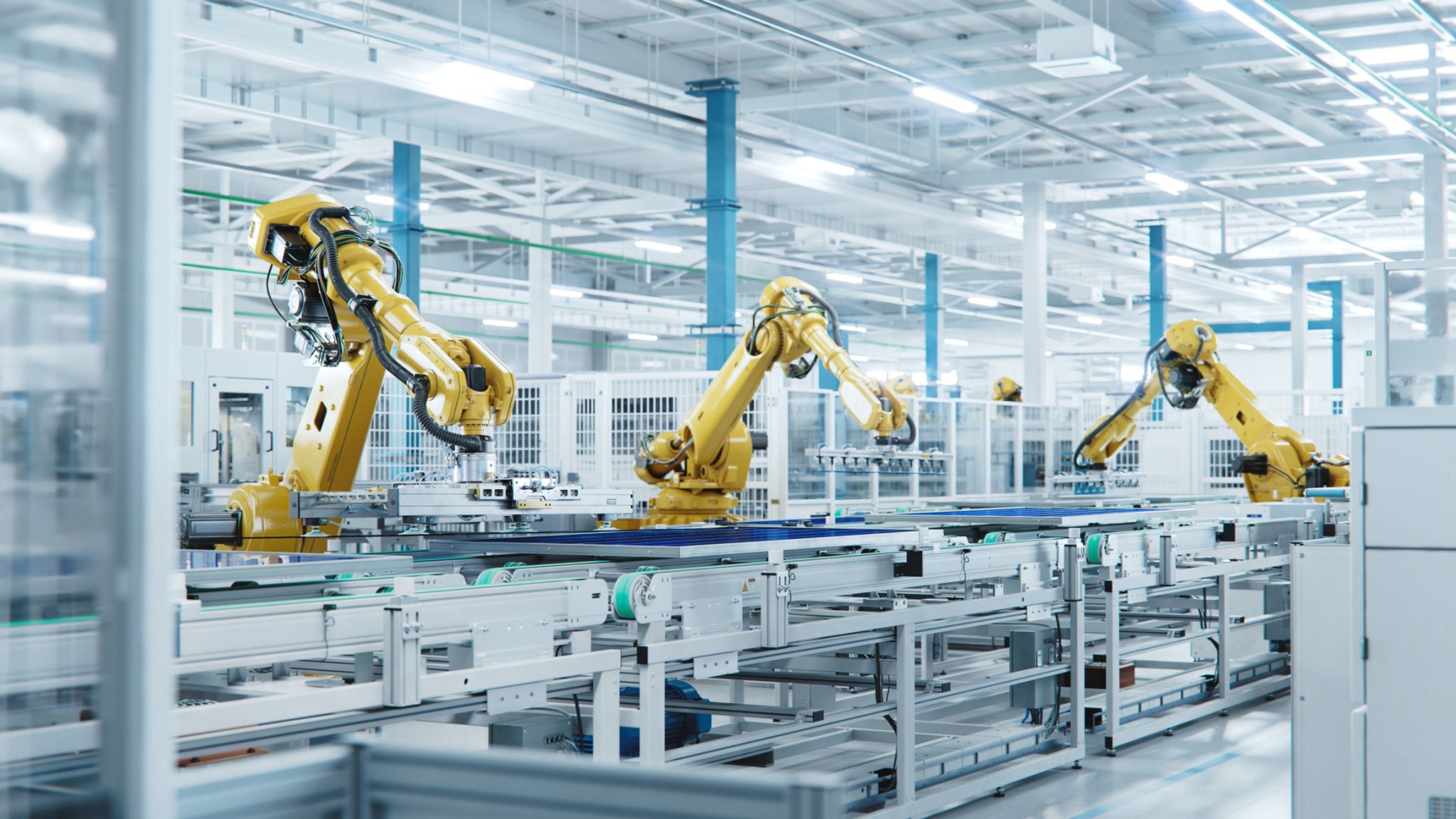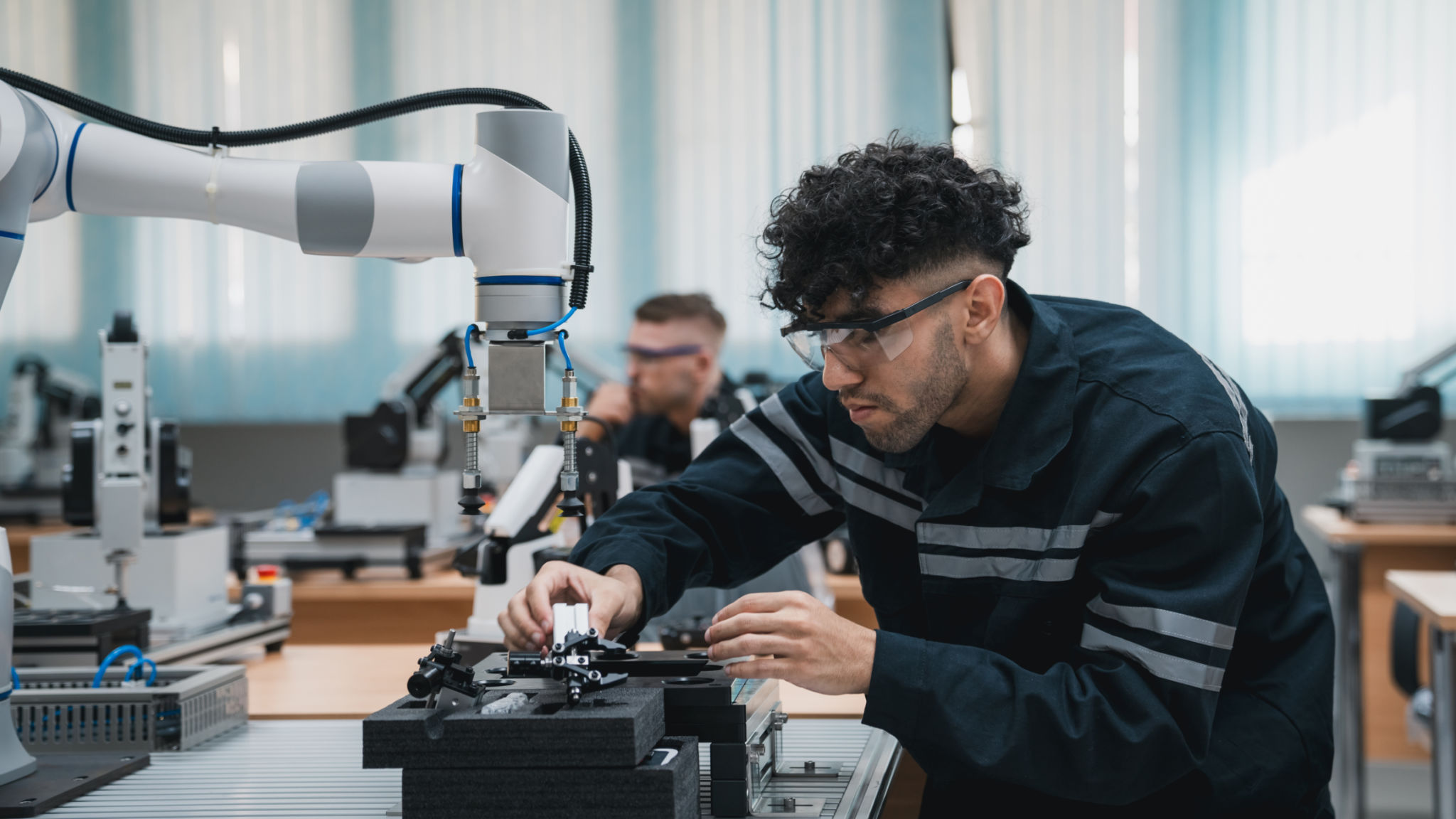Myth-Busting: Common Misconceptions About Robotics in Renewable Energy
Unveiling the Truth About Robotics in Renewable Energy
Robotics has revolutionized many industries, and renewable energy is no exception. However, several myths persist about the role and impact of robotics in this sector. It's crucial to separate fact from fiction to better understand how these technologies are shaping the future of energy production.

Myth 1: Robotics Replaces Human Jobs
One of the most common misconceptions is that robotics in renewable energy will lead to significant job losses. While it's true that automation can change the nature of certain roles, it doesn't necessarily mean job elimination. In fact, robotics often complements human efforts, taking over repetitive or dangerous tasks and allowing humans to focus on more complex and creative aspects of the work.
Moreover, the integration of robotics creates new opportunities for skilled workers in fields such as programming, maintenance, and systems analysis. The demand for expertise in these areas is on the rise, paving the way for a more skilled workforce.
Myth 2: Robotics in Renewable Energy Is Too Expensive
Another prevalent myth is that robotics is prohibitively expensive for renewable energy projects. While initial investments can be significant, the long-term benefits often outweigh the costs. Robotics can enhance efficiency, reduce downtime, and minimize maintenance expenses, leading to substantial savings over time.

Additionally, as technology advances and becomes more mainstream, the costs associated with robotics are decreasing. Many businesses are finding that the return on investment justifies the initial expenditure, especially when considering the potential for increased output and enhanced safety measures.
Myth 3: Robotics Is Only for Large-Scale Operations
Some believe that robotics is only viable for large-scale renewable energy operations. However, automation solutions are increasingly accessible to small and medium-sized enterprises as well. From solar farms to wind turbines, robotics can be scaled to fit various project sizes, providing tailored solutions that cater to specific needs.
Smaller companies can leverage robotics to optimize their operations, improve efficiency, and stay competitive in a rapidly evolving market. The flexibility of robotic systems means that they can be adapted to a wide range of applications and environments.

Myth 4: Robotics Limits Flexibility
There's a misconception that once a robotic system is in place, it limits flexibility and adaptability within operations. On the contrary, modern robotics are designed with flexibility in mind. They can be programmed and reprogrammed to handle different tasks and adapt to changing conditions.
This adaptability allows renewable energy operators to respond quickly to market demands and technological advancements. By integrating robotics into their systems, companies can ensure they remain agile and responsive to future challenges.
The Real Impact of Robotics on Renewable Energy
The truth is that robotics plays a significant role in advancing renewable energy technologies. By improving efficiency, reducing costs, and enhancing safety, robotic systems contribute to a more sustainable and resilient energy future.
Embracing robotics isn't just about staying competitive; it's about leading the charge toward an innovative and environmentally friendly industry. As more businesses dispel these myths and harness the power of robotics, the potential for growth and development within renewable energy becomes limitless.
